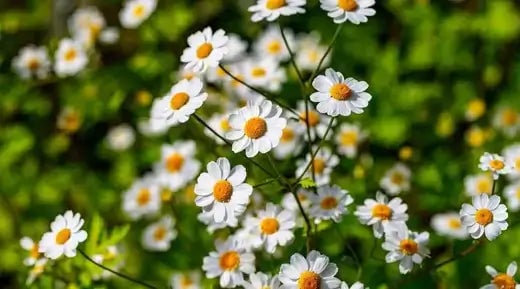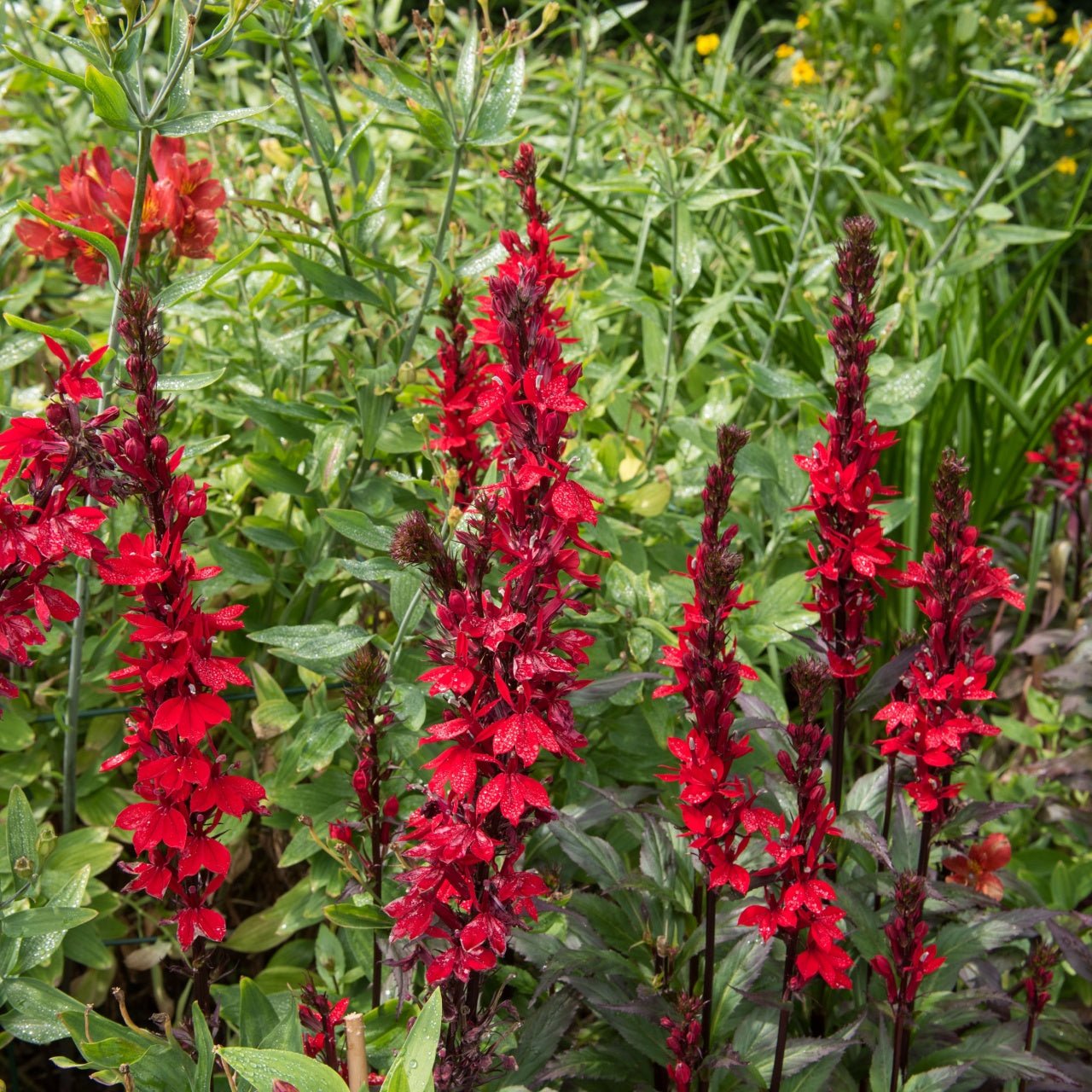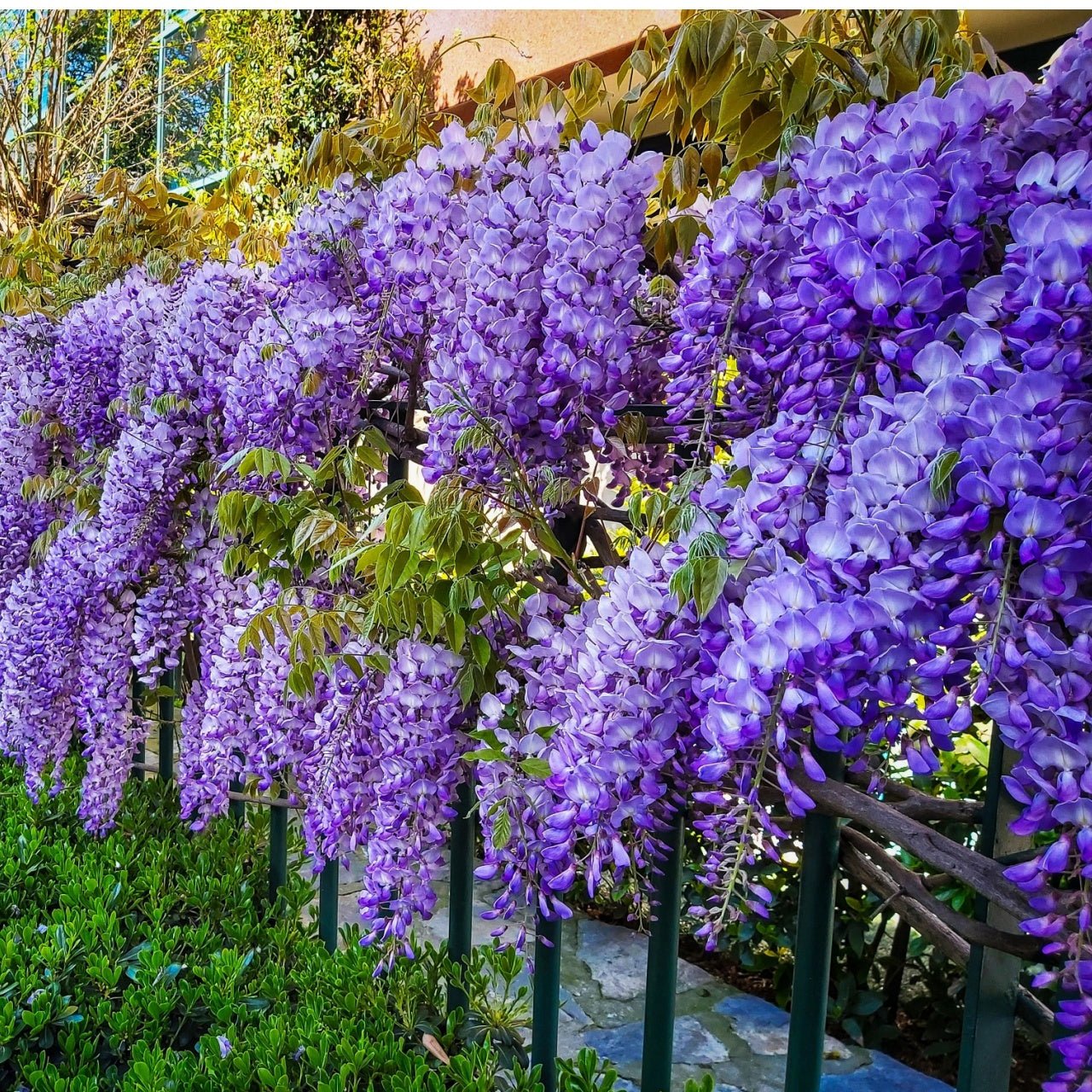Perennial plants are diverse plants that live for more than two years
Perennials can regrow and bloom again each year, making them a favored option for gardens and landscapes. They come in various sizes, colors, and forms, offering multiple options for different gardening styles and preferences. Caring for perennial plants involves several key aspects, including selecting the right plants for your climate and soil conditions, providing adequate water and nutrients, managing pests and diseases, and proper pruning and maintenance.
This article will explore these aspects to help you care for your perennial plants successfully.
Selecting the Right Perennial Plants:
Climate and Hardiness: Consider your climate zone and choose perennials suitable for your region. Different plants have specific temperature and hardiness requirements to tolerate your local environment.
Soil Conditions: Evaluate your soil type and choose plants that thrive in those conditions. Some perennials prefer well-drained soil, while others tolerate clay or sandy soils.
Sunlight Requirements: Determine the amount of sunlight your garden receives. Match the sunlight requirements of the plants to the available light in your garden.
Soil Preparation and Planting: Soil Testing: Conduct a soil test to assess your pH level and nutrient content. It will help you determine if any amendments are needed to optimize plant growth.
Soil Amendments: Founded on the soil test results, amend your soil with an organic subject, such as compost or well-rotted waste, to improve its structure, drainage, and fertility.
Planting Technique: Dig a hole more significant than the plant's root ball and loosen the soil. Place the plant in the gap, confirming the crown (where the stem encounters the roots) is at ground level. Backfill the opening with soil and gently harden it around the plant.
Watering and Mulching:
Watering Needs: Provide adequate water to establish newly planted perennials. Established perennials generally have lower water requirements but may need supplemental watering during dry periods.
Mulching: Use materials like shredded bark, straw, or compost, and maintain a 2-4 inches depth. Avoid piling mulch against the stems, as this can cause rot.
Fertilizing and Nutrient Management:
Nutrient Requirements: Perennials benefit from regular feeding to support healthy growth and abundant blooms. Use a balanced, slow-release fertilizer or incorporate compost into the soil during planting to provide essential nutrients.
Timing and Frequency: Follow the fertilizer manufacturer's instructions for application rates and timing. Generally, it's best to fertilize perennials in early spring as new growth emerges and again in late spring or early summer if needed.
Pruning and Deadheading: Deadheading: Remove spent flowers regularly to prevent the plant from using energy for seed production. Cut the stems just above a healthy bud or leaf.
Pruning Techniques: Prune perennial plants according to their specific needs. Some perennials benefit from light pruning after flowering, while others require more extensive pruning in early spring to rejuvenate growth. Remove dead or damaged foliage throughout the growing season to maintain plant health and appearance.
Pest and Disease Management: Monitoring: inspect your plants for signs of pests and diseases. Early detection can help stop the stretch of infestations and minimize damage.
Integrated Pest Management (I.P.M.): Employ various artistic, biological, and chemical control methods to manage pests and diseases. It includes maintaining good garden hygiene, introducing beneficial insects, and using organic or targeted pesticides when necessary.
Winter Care: Mulching: Add mulch around the base of perennials before the first frost to insulate the roots and protect them from extreme temperature fluctuations.
Cutting Back: Some perennials benefit from cutting back their foliage in late fall or early spring. It helps prevent disease and prepares the plant for new growth in the following season.
Protecting Vulnerable Plants: For marginally hardy perennials in your climate, consider providing extra protection by covering them with a frost blanket or moving container plants indoors.
Caring for perennial plants involves thoughtful selection
By following these guidelines and adapting them to the exact requirements of your plants, you can create a thriving perennial garden that brings beauty and enjoyment year after year.
Remember to stay attentive to your plants' needs and make adjustments to ensure their long-term health and vitality. Caring for perennial plants involves several vital aspects contributing to their overall health and vitality. Here are some essential tips to help you care for your perennial plants:
Understand Your Perennials: Research and understand the specific needs of the perennial plants in your garden. Different perennials have varying requirements for sunlight, soil type, water, and maintenance. Knowing these preferences will help you provide appropriate care.
Plant in the Right Location: Choose the right location for each perennial based on sunlight requirements. Some perennials thrive in full sun. Placing plants in their preferred sunlight conditions will optimize their growth and flowering.
Soil Preparation: Prepare the ground before planting by removing weeds, rocks, and debris. Loosen the dirt to improve drainage and aeration. Blend organic matter into the soil to enhance its fertility and structure.
Watering: Provide adequate water to establish newly planted perennials. Water deeply, ensuring the moisture reaches the root zone. Avoid frequent shallow watering, as it encourages external root growth. Established perennials generally have lower water requirements, but monitor them closely during dry periods and provide supplemental watering.
Mulching: Add organic mulch, such as shredded bark or compost, near the bottom of the plants. Mulching helps conserve moisture, suppress weeds, and regulate soil temperature. Maintain a 2-4 inches depth, ensuring the mulch doesn't touch the stems to prevent rot.
Fertilizing: Feed your perennials with a balanced, slow-release fertilizer or organic alternatives. Apply the fertilizer to the manufacturer's instructions or incorporate compost into the soil during planting.
Avoid over-fertilizing, Pruning and Deadheading: Regularly remove spent flowers through deadheading. This practice promotes continuous blooming and prevents the plant from expending energy on seed production. Prune perennials as needed, following specific pruning guidelines for each plant. Remove dead or diseased foliage throughout the growing season to maintain plant health.
Pest and Disease Management: Monitor your plants for signs of pests and diseases. Early detection allows for timely intervention. Employ integrated pest management techniques, such as cultural controls, biological controls (e.g., introducing beneficial insects), and targeted use of organic or chemical pesticides when necessary.
Provide Support: Some perennial plants, like tall flowers or climbing vines, may require support to prevent them from flopping over or breaking. Use stakes, cages, or trellises to support these plants and help maintain their upright growth. Divide and Propagate: Some perennials benefit from division to maintain vigor and control size. Dividing plants involves separating them into smaller sections and replanting them. Additionally, you can propagate perennials through seed sowing, stem cuttings, or layering to expand your garden or share plants with others.
Winter Care: Prepare your perennials for winter by cutting back or removing dead foliage. Add mulch near the bottom of the plants to shield the roots from extreme temperature fluctuations. Consider covering marginally hardy perennials with a frost blanket or moving potted plants indoors for protection.
Regular Maintenance: Stay vigilant with routine maintenance tasks such as weeding, removing debris, and monitoring for signs of stress, pests, or diseases. By addressing issues promptly, you can prevent them from escalating and maintain the overall health of your perennial plants.
Remember, caring for perennial plants is an ongoing process. Stay observant, adapt your care routine based on the specific needs of each plant, and enjoy the beauty and rewards these long-lasting plants bring to your garden year after year.
Read more
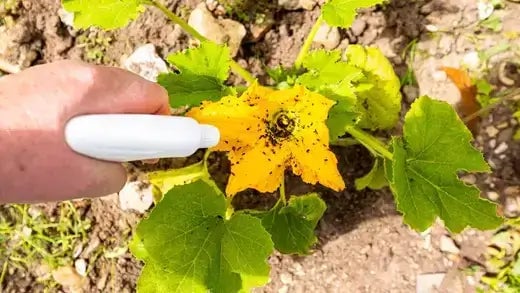
Autumn is a beautiful season when nature undergoes a stunning transformation, with leaves changing colors and temperatures cooling down. However, it's also a crucial time for gardeners to be vigila...
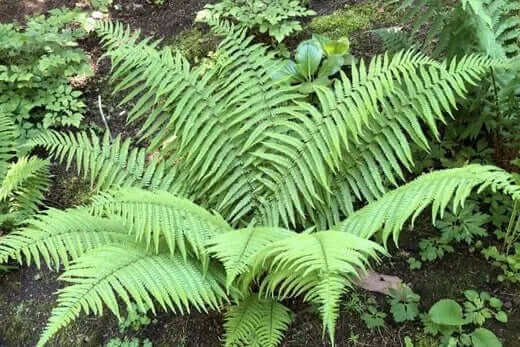
Ferns are a fascinating group of plants that can add looks and grace to any garden. With their lush green foliage and delicate fronds, ferns are an excellent choice for creating a natural and encha...
Family Owned and run with pride
Nestled in the heart of Middle Tennessee, TN Nursery is a proud family-owned business rooted in tradition, quality, and a deep love for plants. For generations, we’ve been dedicated to providing exceptional service and building lasting personal connections with gardeners, landscapers, and nature enthusiasts across the country. Our mission is to make planting and gardening more accessible, enjoyable, and rewarding—whether you’re a seasoned horticulturist or just starting your first flower bed.
We specialize in expertly grown native plants, perennials, shrubs, trees, and ferns that thrive in a variety of climates. Every plant we offer is carefully nurtured on our farm to ensure strong root systems, healthy growth, and long-term success in your landscape. From vibrant evergreens to colorful blooms and ground covers, we offer an expansive selection to help you create the outdoor space of your dreams.
At TN Nursery, we believe in more than just selling plants—we’re here to help you transform your garden into a place of beauty, sustainability, and joy. Our knowledgeable team is always available to answer questions, offer guidance, and share tips to ensure your planting experience is a success. Join our growing family of happy customers and let us help you bring your garden vision to life.


